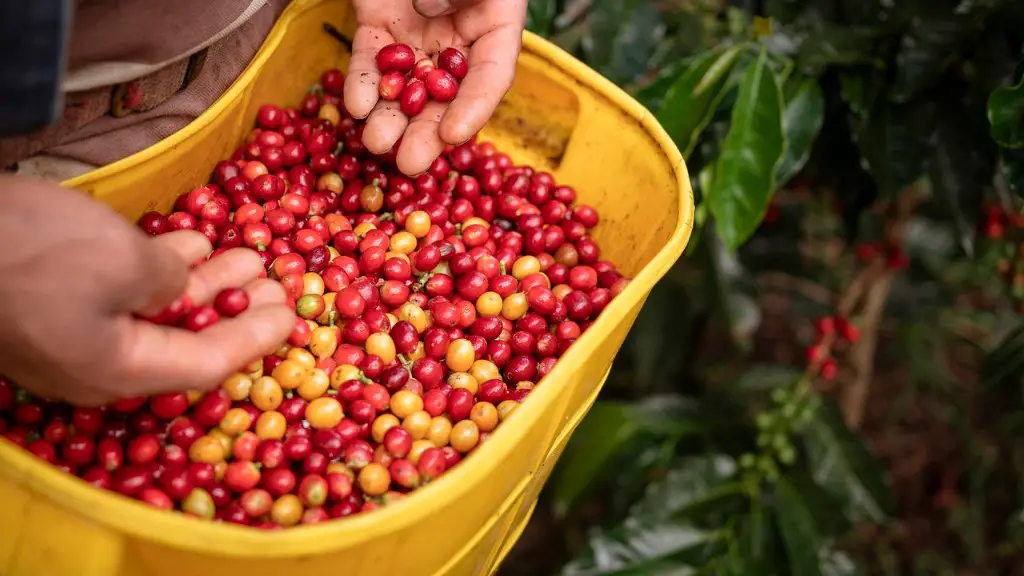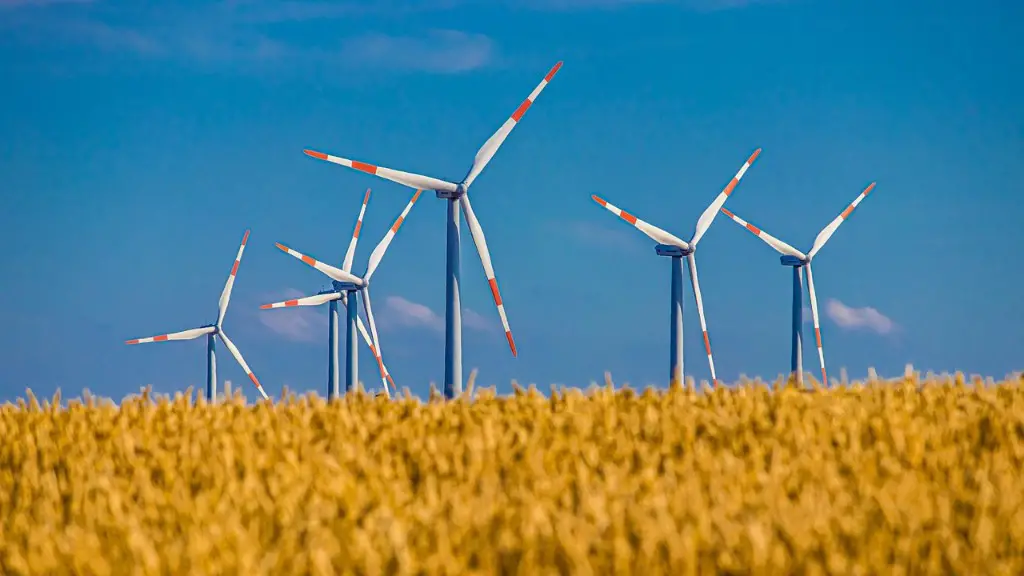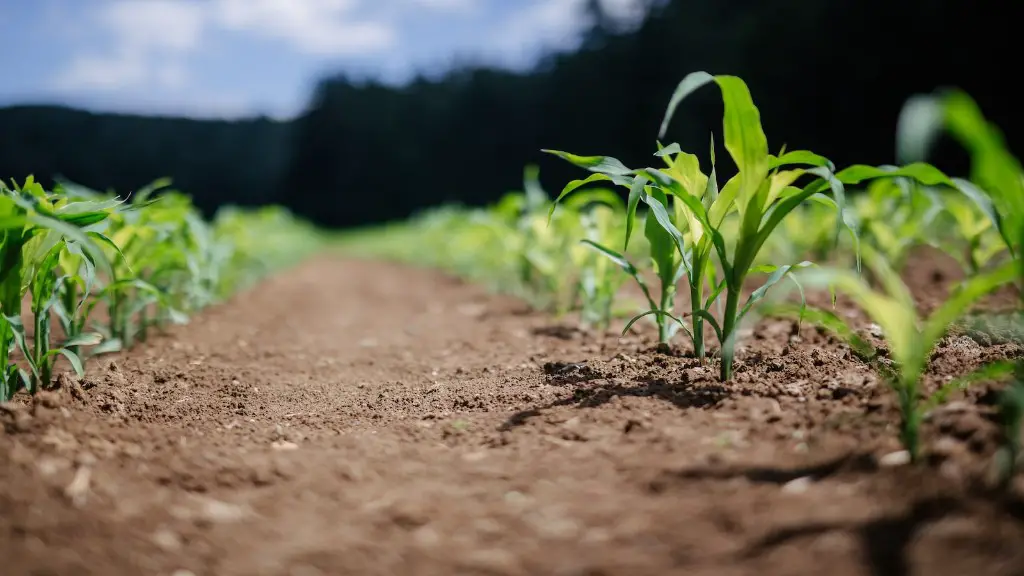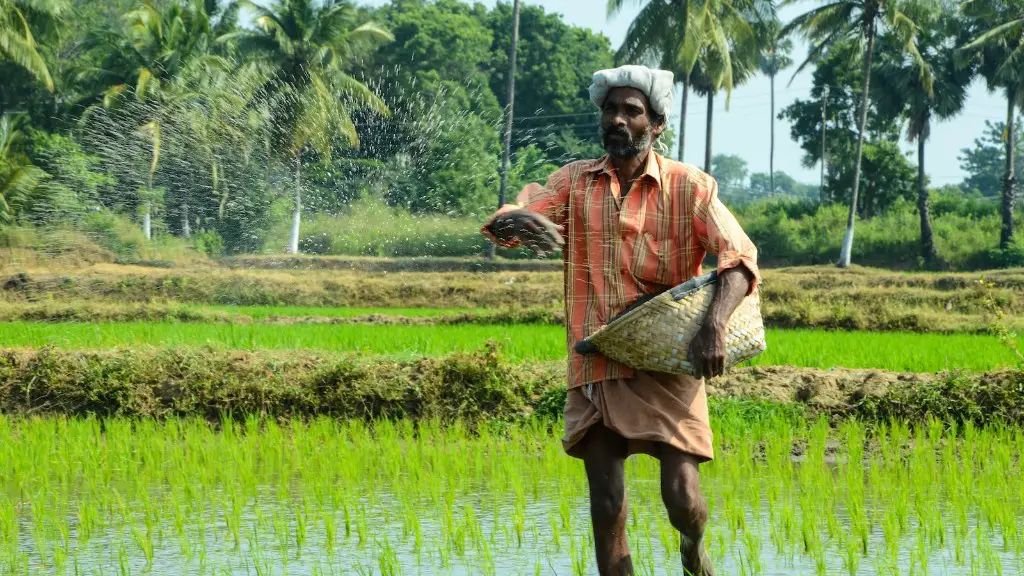Range land is a type of agricultural land that is not suitable for cultivation. This land is typically used for grazing purposes. Range land can be found in many different parts of the world, and it plays an important role in the agricultural industry.
Range land refers to an area of land that is used for grazing of livestock. This type of land is typically found in areas that have a lot of open space and are not suitable for growing crops.
What is the meaning of range land?
Rangeland is an extensive area of land that is covered in native herbaceous or shrubby vegetation. This vegetation is grazed by domestic or wild herbivores. Rangeland is a vital part of the ecosystem and provides food and shelter for many animals.
Rangelands provide a variety of ecosystem services including forage for grazing animals, habitat for wildlife, and carbon sequestration. Rangelands are often managed using a rotational grazing system, in which livestock are moved to different pasture areas to allow the grasses and other plants to recover.
Rangelands are important for both livestock and wildlife. Rangelands provide forage for grazing animals, and many species of wildlife depend on rangelands for habitat. Rangelands also play a role in carbon sequestration, which can help mitigate climate change.
What are the characteristics of a range land
Rangelands are lands that are not fit for farming or other agricultural activities due to their poor conditions. They are often characterized by low and/or erratic precipitation, poor drainage, rough topography, and low soil fertility. These lands are usually home to grasses, shrubs, and other plants that are not suitable for crops. Rangelands are often used for grazing livestock, as the plants that grow there are usually tough and can withstand the grazing of animals.
Rangeland soils have been extensively converted to agricultural crop production, leaving remaining rangeland soils that may be rocky, steep, salt affected, or otherwise not very productive compared to prime agricultural lands.
Who manages range land?
The federal government manages 43 percent of the rangelands. State and local governments manage the remainder. The Forest Service, an agency of the United States Department of Agriculture, administers approximately 191 million acres of National Forest Systems lands.
Rangelands make up a significant amount of the landscape in the United States. They are incredibly diverse, ranging from wet grasslands to desert shrub ecosystems. Rangelands provide critical habitat for a variety of plants and animals and are important for both ecological and economic reasons.
How can you tell the difference between pasture and range land?
Rangelands are areas of land that are characterized by the growth of native vegetation. These areas are distinct from pasture lands, which are dominated by plants that have been introduced by humans. Rangelands are often managed for the purposes of grazing, and they may also be used for other activities such as hunting and recreation.
cover about one third of the world’s land surface and are vital for the livelihoods of many people. They provide important ecosystem services, including livestock grazing, carbon sequestration, and soil and water conservation. Rangelands also support a great diversity of plant and animal species.
Can sheep and cattle graze on same range
This is great news for farmers who want to improve their pasture quality, but don’t want to invest in additional animals. By simply changing the way they graze their existing sheep and cattle, they can see significant improvements.
A conservation easement is a tool that can be used to protect rangelands and the plant and animal species that live there. Conservation easements are permanent agreements between a landowner and a land trust or government agency that restrict development or other uses of the land in order to protect its conservation values. Conservation easements are often used to protect undeveloped land, natural habitats, and resources such as water and air quality.
Where is range land found?
Rangelands are areas of land that are either mostly or entirely composed of grasses, shrubs, and other plants that are adapted to living in dry conditions. They are often found in areas where rainfall is low and the climate is arid or semi-arid. Rangelands are home to a variety of animals, including many species of grazing mammals, such as deer, bison, and sheep. In addition to providing habitat for wildlife, rangelands also play an important role in the global carbon cycle and in other aspects of the Earth’s climate.
Rangelands are generally defined as lands that are dominated by grasses, shrubs, forbs, and other grass-like plants. They include grasslands, shrublands, woodlands, savannahs, tundra, most deserts, and riparian and wetland plant communities, including marshes and wet meadows. Rangelands play an important role in the global ecosystem and provide a range of ecosystem services, including carbon sequestration, soil stabilization, and drought resistance.
What percent of land is rangeland
Rangelands are important for humans because they provide numerous ecosystem goods and services. Rangelands cover 40–50% of the Earth’s terrestrial surface and are characterized by limited, yet variable resource availability. Rangelands are necessary for the production of food, fiber, and fuel, and they support a wide array of uses including recreation, tourism, and wildlife habitat.
Soil texture is determined by the relative proportions of the different sized particles that make up the soil. The three primary types of soil are sand, silt, and clay. However, the percentage of these can vary, resulting in more compound types of soil such as loamy sand, sandy clay, silty clay, etc. The texture of the soil has a big impact on its fertility, drainage, and other characteristics.
What are the components of rangeland?
The rangeland ecosystem is a complex phenomenon involving a multitude of interrelated functions with each influencing the others. The system’s major components are: producers, converters, soils, decomposers and microconsumers, microclimate and manipulators. All of these components work together to create an ecosystem that is able to support a wide variety of plant and animal life.
Rangelands are areas of land that are characterized by low rainfall or moisture stress, high or low temperatures, and degradation (rocky/stony). They are not suitable for agriculture but may support grazing animals.
Final Words
Range land is a kind of agricultural land that is suitable for the grazing of livestock. It is typically found in areas with a lot of open space and few trees or other obstacles.
Range land in agriculture is a land use system that is characterized by the grazing of domestic livestock on relatively unimproved lands. These lands are typically too arid or too steep for typical row crops or other intensive forms of agriculture. While range land agriculture can be found in many different climate zones around the world, it is most commonly associated with dryland areas in the western United States.





